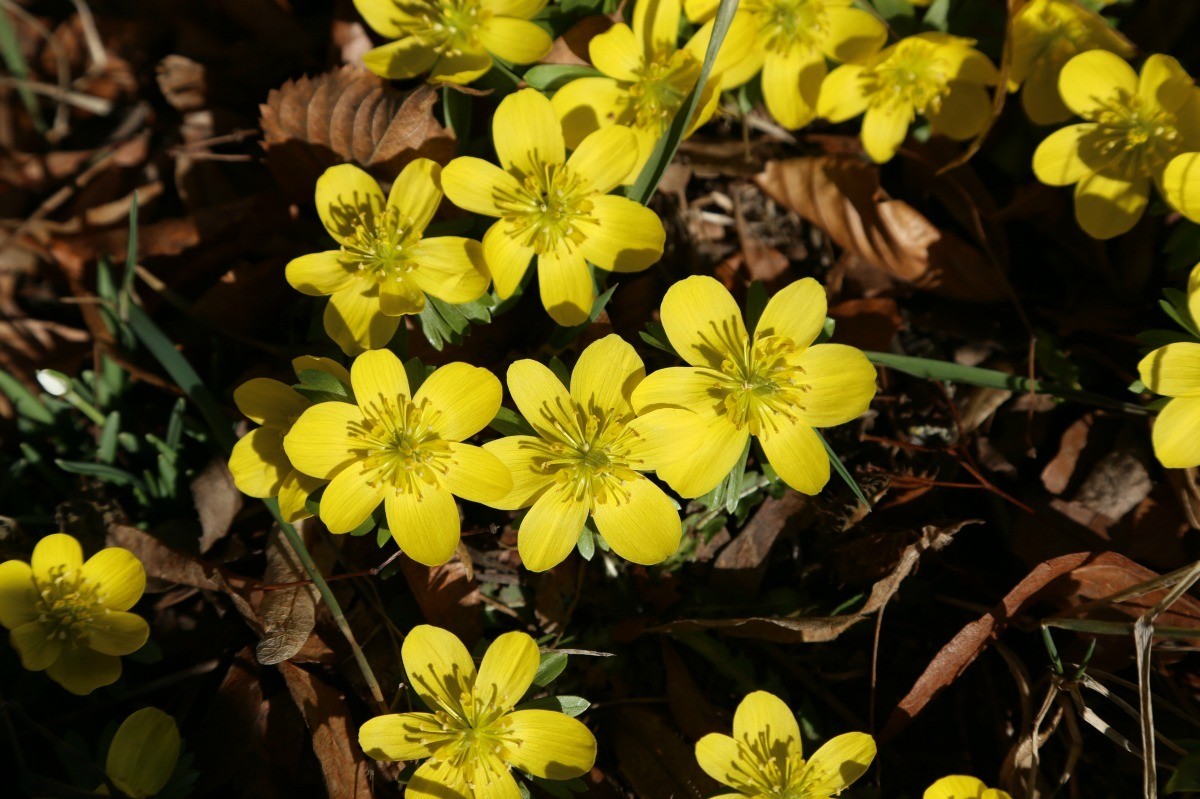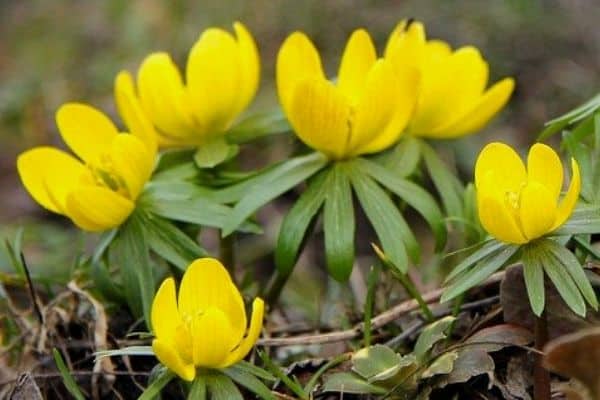

All parts of this plant are extremely toxic. The species Aconitum carmichaelii, commonly known as Chinese Aconite, Carmichael’s Monkshood or Chinese Wolfsbane, is native to East Asia. Its roots are tuberous which aids its spread. Its blue flowers are hooded, have numerous stamens and are zygomorphic. They have a spiral or alternate arrangement with the lower leaves bearing long petioles. Its dark green leaves are palmate or deeply palmatley lobed with 5-7 segments, each one with coarse sharp teeth.

Hardiness: 3a, 3b, 4a, 4b, 5a, 5b, 6a, 6b, 7a, 7b, 8a, 8b, 9aĪconitum carmichaelii is deciduous herbaceous perennial with a clump forming upright habit. Napellus is derived from the Latin napus meaning ‘turnip’, referring to the shape of the root.Īconitum carmichaelii wilsonii group ‘Barkers’ (, London) The etymological root of the binomial name Aconitum is from the ancient Greek name for this plant and is loosely translated as ‘unconquerable poison’. In its native habitat it grows in damp shady places including woodland edges and species rich meadows. The species Aconitum napellus, commonly known as Wolfsbane, Monkshood, Aconite, is native to west and central Europe. Its roots are tubers which aids is spread. Its dark purple/ blue flowers appear in the shape of hoods and are up to 2cm tall. Its glossy dark green leaves are rounded, palmate, deeply lobed with up to 7 segments and up to 7cm across. Hardiness: 4b, 5a, 5b, 6a, 6b, 7a, 7b, 8a, 8b, 9a, 9bĪconitum napellus is a deciduous, herbaceous perennial with an erect, clump forming habit. Aconitum napellus (, Kew Gardens, London)


 0 kommentar(er)
0 kommentar(er)
